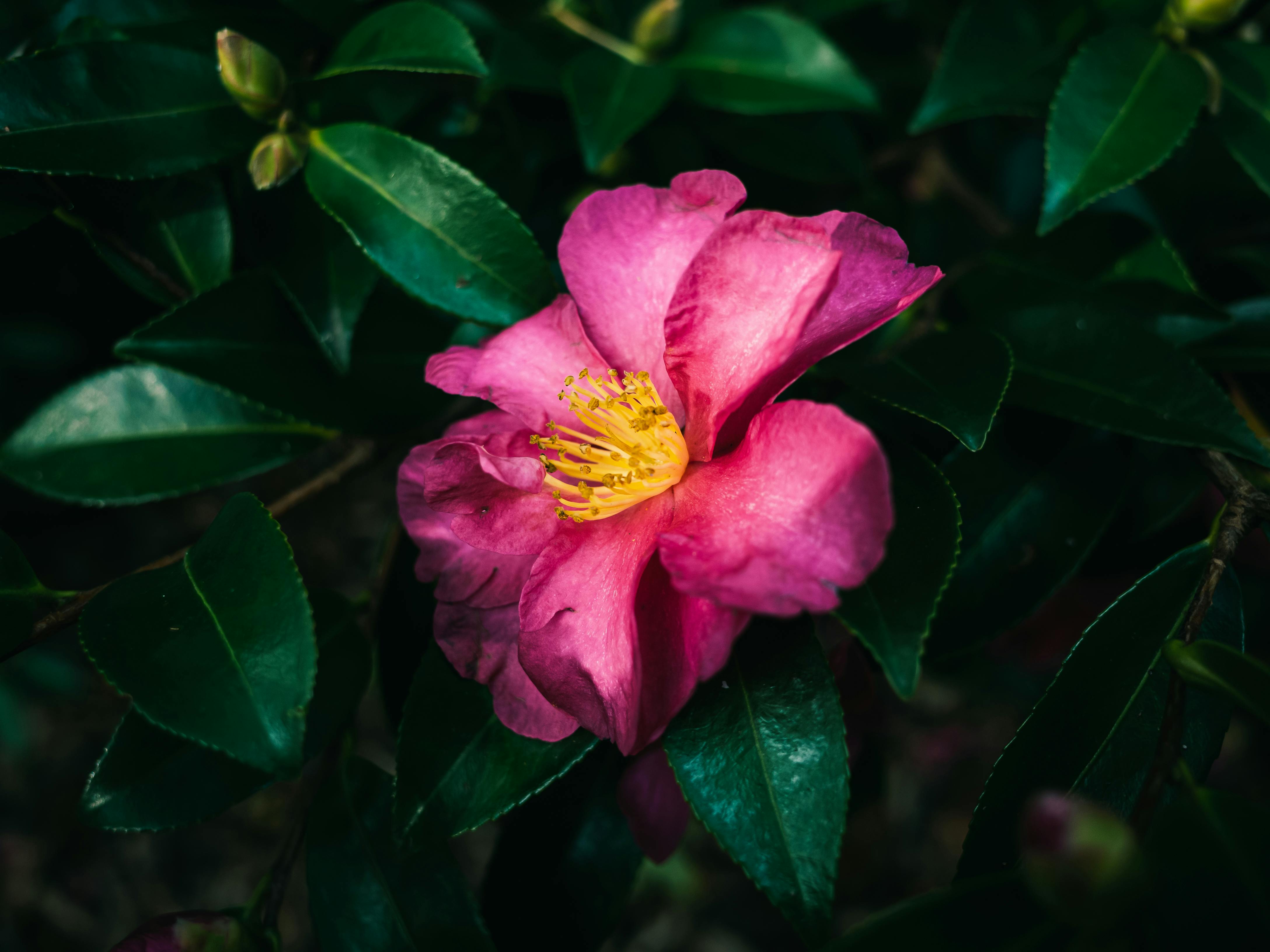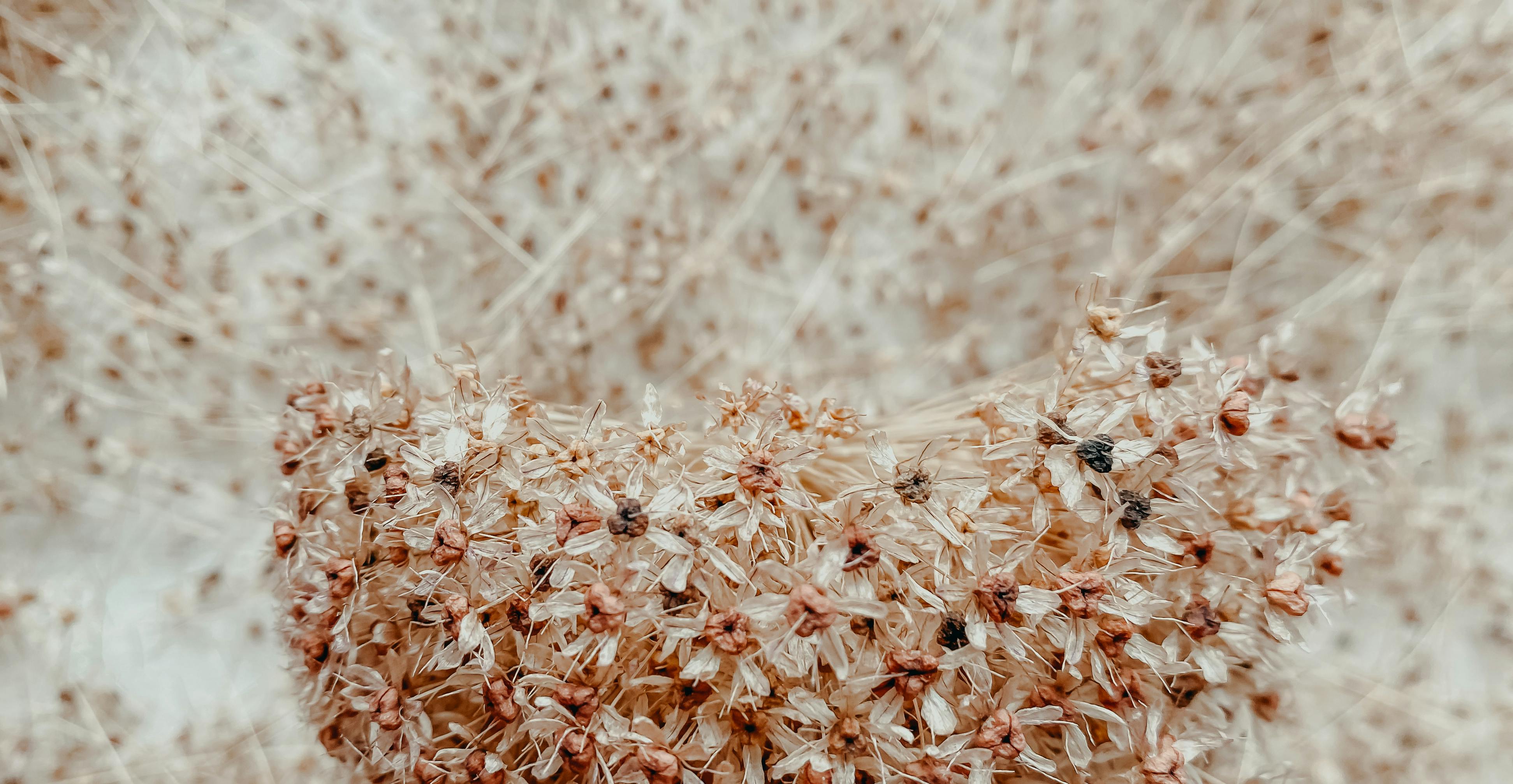Cowpeas are warm-season legumes that can be planted in either spring or summer. They are easy to grow and can be used in a variety of dishes. Planting cowpeas at the right time is essential for successful yields, as the peas will not tolerate frost and need hot temperatures to thrive. The ideal time to plant cowpeas depends on your location and climate.The best time to plant cowpeas is in the spring, when temperatures are mild and consistent. Planting should begin after the last frost of the season and at least two weeks prior to the average date of the last killing frost. For best results, soil temperature should be at least 60°F (15°C). Cowpeas can also be planted in late summer for a fall harvest.
How To Know When To Plant Cowpeas
Cowpeas are a warm-season crop that is best planted in late spring or early summer when temperatures reach around 65°F (18°C). The soil should be well-draining and lightly moist. Cowpeas prefer fertile soil that has been amended with compost or other organic matter. If you are planting in an area with heavy clay soils, it is recommended to add sand or peat moss to the planting bed.
The best time to plant cowpeas is when daytime temperatures are consistently in the 70s (21–26°C). You can plant cowpeas as soon as the ground has warmed up at least two weeks after the last frost. Planting too early will result in poor germination and slow growth. Be sure to check your local climate and weather reports before planting cowpeas.
Cowpeas should be planted about 1–2 inches (2.5–5 cm) deep and spaced 2–4 inches (5–10 cm) apart. For row planting, sow seeds 6–8 inches (15–20 cm) apart and thin seedlings to 4 inches (10 cm) apart once they have sprouted. If you are planting in containers, sow 3-4 seeds per pot and thin to one seedling per pot once they have sprouted.
Water your cowpea plants regularly, but do not over water them as this may cause them to become diseased or rot. Cowpeas need moderate amounts of moisture for optimal growth and production, so aim for an inch of water a week during dry periods or when there is no rain. Mulching around your plants can also help retain moisture in the soil and keep weeds away from your crops.
Optimal Soil Temperature for Planting Cowpeas
Cowpeas, also known as black-eyed peas, are a popular warm-season legume crop. They are grown in many parts of the world and can tolerate a wide range of temperature and soil conditions. However, for optimal plant growth and productivity, cowpeas require warm soil temperatures during their germination and early growth stages. The optimal soil temperature for planting cowpeas is between 65 to 85°F (18 to 29°C).
When the soil temperature is too low, cowpea germination can be delayed or even inhibited completely. This can result in poor stand establishment and reduced yields. Similarly, if the soil temperature is too high (above 90°F or 32°C), it can also lead to poor germination rates and low yields. Therefore, it is important to maintain the optimal soil temperature range when planting cowpeas.
Soil temperature can be monitored by using a soil thermometer before planting cowpeas. If the temperature is below 65°F (18°C), then it is advisable to wait until the soil warms up before planting. In some cases, farmers may need to use plastic mulch or other methods such as black polyethylene sheets to increase the soil temperature prior to planting. Additionally, farmers should avoid planting cowpeas when the weather forecast calls for cool or cold temperatures in the next few days after sowing as this could lead to reduced germination rates and poor stand establishment.
In conclusion, maintaining an optimum soil temperature between 65 to 85°F (18 to 29°C) during germination and early growth stages of cowpeas is essential for good yields and successful crop establishment. Soil thermometers can be used to monitor the soil temperature before sowing and plastic mulch or other methods may be employed if necessary in order to ensure an optimal environment for successful crop establishment.
Ideal Climate Conditions for Planting Cowpeas
Cowpeas are a warm-weather crop that grows best in areas with hot, dry climates. They thrive in temperatures between 21°C and 30°C and can tolerate light frosts. Cowpeas require full sun, so they should be planted in an area with at least 6 hours of direct sunlight per day. It is important to make sure the soil is well-drained and free from standing water. Cowpeas do not tolerate overly wet or soggy soils, as this will lead to root rot and other diseases.
In addition to the right climate conditions, cowpeas also need the right amount of water and nutrients for optimal growth. To ensure healthy plant growth, cowpeas should be watered regularly and evenly. The soil should also be enriched with organic matter such as compost or manure prior to planting. This will help provide the necessary nutrients for the plants to thrive.
Finally, cowpeas require a long growing season that typically lasts from three to four months. For optimal yields, it is important to plant cowpeas early in the season when there is still frost risk but enough time for them to mature before cooler temperatures arrive. If you live in an area with a shorter growing season, you may need to start your cowpea plants indoors before transferring them outdoors when it is warm enough.
Rainfall and Planting Cowpeas
Rainfall plays a major role in the success of planting cowpeas. Cowpeas need at least 25 to 30 inches of rainfall during their growing season for optimal yield. Too little rainfall can cause drought stress, stunting the growth of the plants and reducing the yield. Too much rain can also cause problems, including waterlogging, which can reduce yields or even kill the plants. For this reason, it is important to monitor rainfall amounts throughout the growing season and adjust planting dates accordingly.
In general, cowpeas should be planted soon after the last frost date in spring, when soil temperatures have warmed to at least 65°F (18°C). Planting early in the season allows for a long period of growth before summer heat sets in. When planting cowpeas, it is important to sow them shallowly – no more than 1/2 inch deep – and keep them moist until they germinate. Once they have emerged from the soil, they should be watered regularly to ensure adequate moisture levels throughout their life cycle.
Finally, cowpeas should be harvested when their pods are dry and brown and their leaves have begun to yellow and die back. If left too long on the vine, pods may split open and release their beans prematurely, reducing yields significantly. It is also important to harvest cowpeas promptly after reaching maturity in order to minimize pest damage as well as losses due to shattering of pods and beans on the vine.

Temperature and Day Length Requirements for Growing Cowpeas
Cowpeas are warm-season annual legumes that are well-suited to arid or semi-arid climates, and have a relatively short growing season of around 60 to 90 days. For optimal growth, cowpeas need temperatures of at least 70 degrees Fahrenheit (21 degrees Celsius) throughout the growing season. Temperatures above 95 degrees Fahrenheit (35 degrees Celsius) can reduce yields significantly. Cowpeas also need a minimum day length of 10 to 12 hours for flowering and fruiting. In areas where day lengths are shorter, flowering is delayed until the nights begin to shorten in late summer or early fall.
Soil Preparation for Planting Cowpeas
Soil preparation is an important step in planting cowpeas. The soil should be well-drained and fertile, with a pH range of 6.0 to 7.5 for optimal growth. It is important to loosen the soil to a depth of 8-10 inches before planting, as this will allow for better root growth and nutrient uptake. Adding organic matter such as compost or aged manure will also improve the soil structure and fertility. Additionally, the addition of a fertilizer high in phosphorus and potassium can help provide essential nutrients for plant growth. Finally, it is important to water the soil thoroughly before planting so that it retains moisture throughout the growing season.
Once the soil has been prepared, it is time to plant the cowpeas. Planting should occur in mid-spring when the soil temperature reaches at least 60°F (15°C). The seeds should be planted 2-3 inches deep and spaced 2-4 inches apart in rows that are 18-24 inches apart. After planting, water thoroughly to ensure good seed germination and growth.
What to Consider Before Planting Cowpeas
Before planting cowpeas, it’s important to consider a few factors. The first is your climate and soil type. Cowpeas require warm temperatures and well-drained soil for optimal growth. If the climate will not allow for optimal growth, you may need to plant them early in the season or in a greenhouse. Additionally, if your soil is poor in quality, you may need to add compost or fertilizer to ensure healthy growth.
Another factor to consider before planting cowpeas is the variety of cowpea that best suits your needs. Cowpeas come in a variety of shapes, colors, and sizes, so it’s important to choose the one that best fits your needs with regards to taste and texture. Additionally, some varieties are more resistant than others to pests and diseases.
Finally, you’ll need to decide when and how often you want to harvest your crop. For most varieties of cowpea, it takes about two months from planting until harvest. Depending on how long you want the crop to last, you may need to stagger successive plantings or choose a variety that matures quickly. Also consider what type of harvest method works best for you; some farmers prefer hand harvesting while others opt for machine harvesting.

Conclusion
Cowpeas are a great choice for adding nitrogen to soil, improving soil structure, and providing a hearty crop. Planting cowpeas is best done in warm weather when the soil temperature is at least 65 degrees Fahrenheit. Planting cowpeas too early can cause the seeds to rot before they have a chance to germinate. If planting after the peak of summer, provide shade for the plants or wait until cooler temperatures arrive. Cowpeas should be planted at least one week after the last spring frost date and anytime from late spring to early summer. Cowpeas can also be planted in late summer for a fall crop. With careful planning and attention to temperature and moisture levels, a healthy cowpea crop can be harvested throughout the growing season.
Harvested cowpeas can be used fresh or dried for storage. Freshly harvested cowpeas should be used within four days of picking, while dried cowpeas can last much longer in an airtight container. Cowpea plants are also great for attracting beneficial insects such as bees and ladybugs which will help protect other crops from pests and promote pollination.
Overall, with proper care and timing, cowpeas are an excellent choice for any garden looking to provide high yields with minimal effort. With their hardy nature and ability to improve soil quality over time, cowpeas are sure to become a staple in many gardens!

